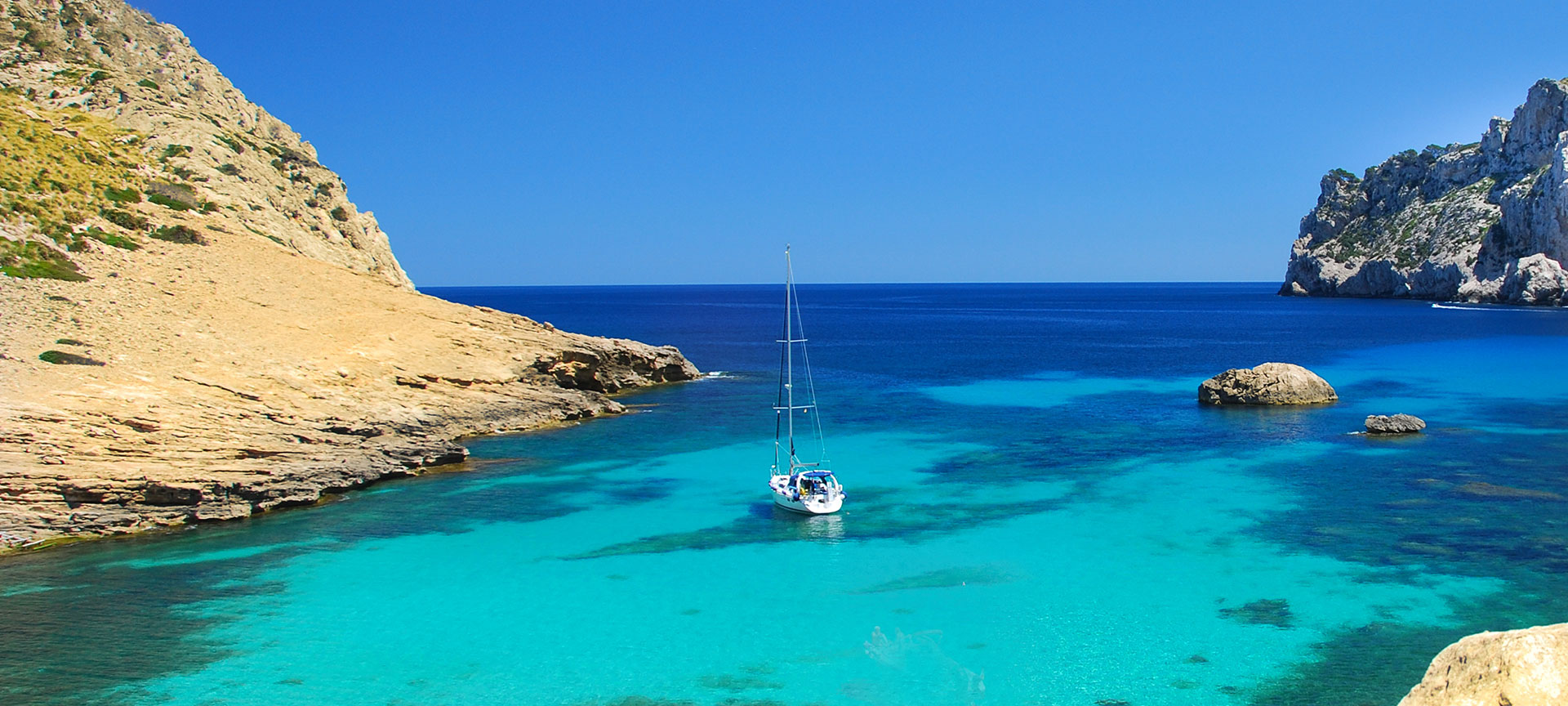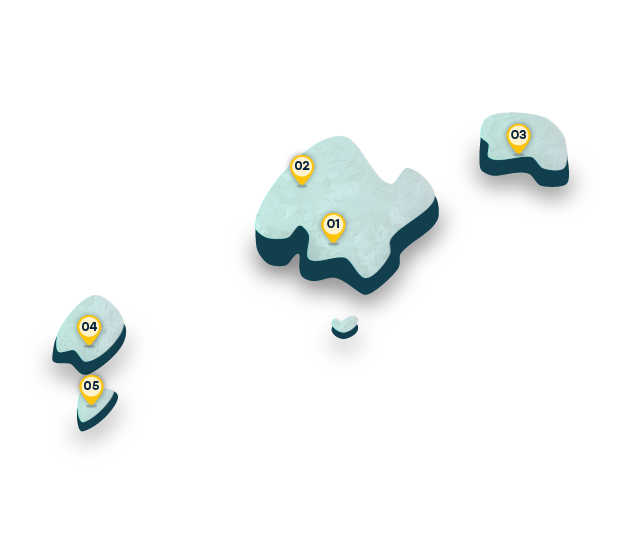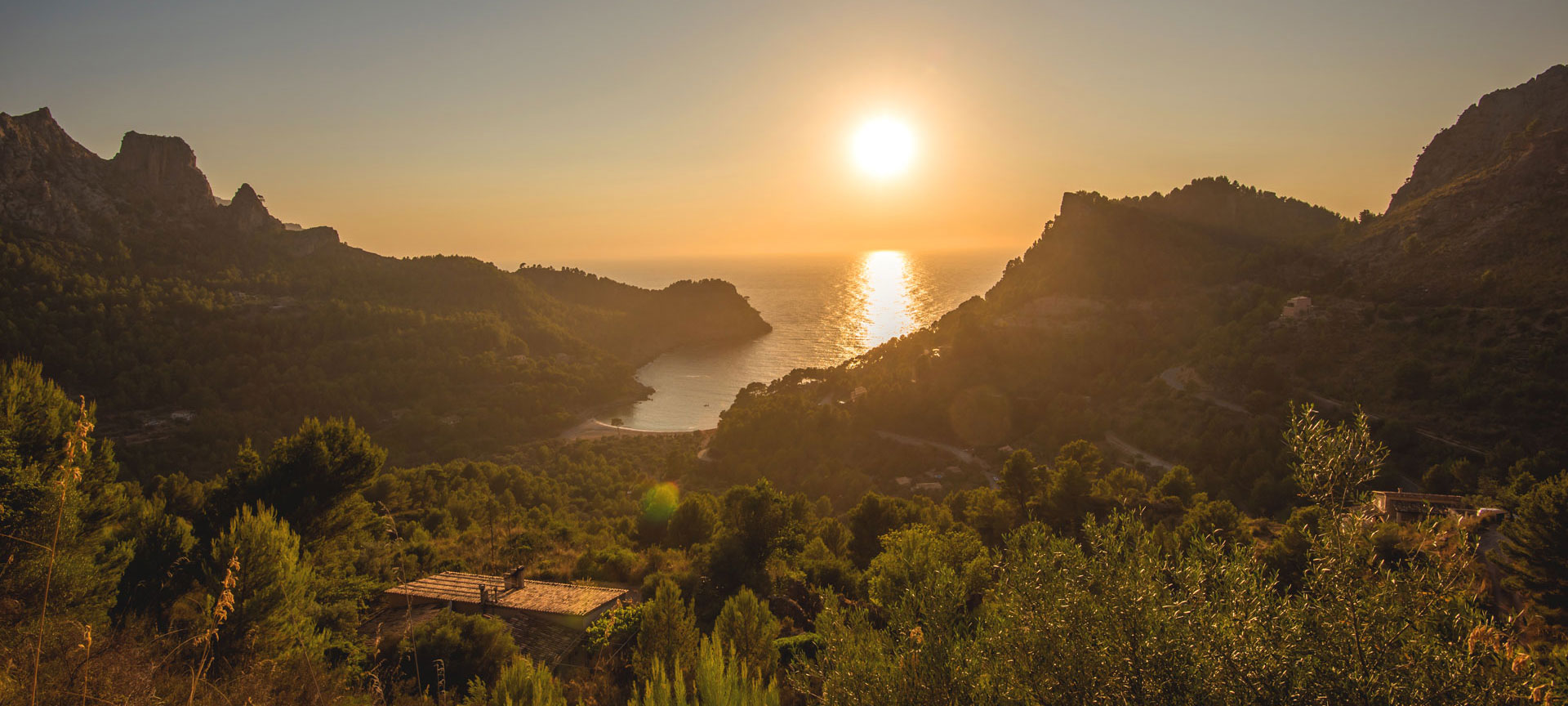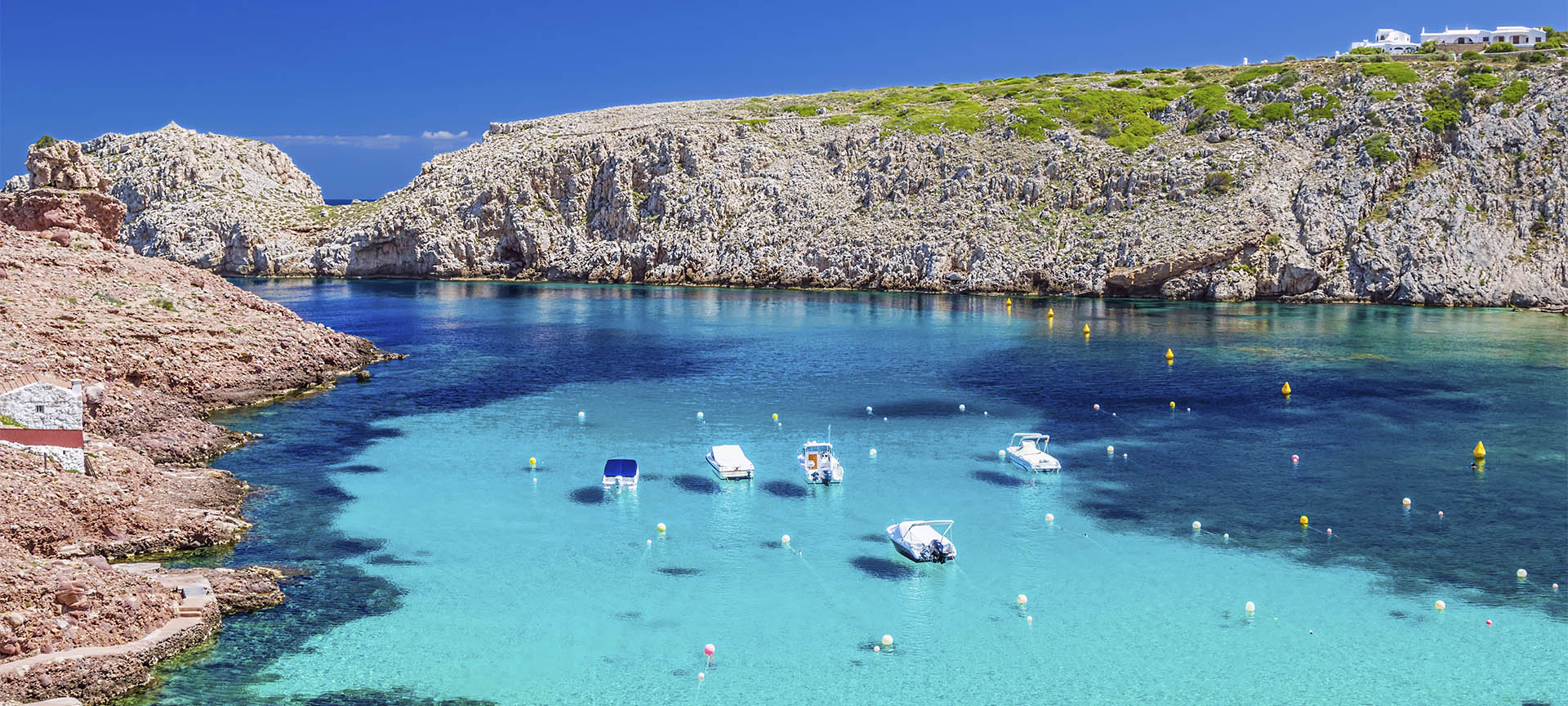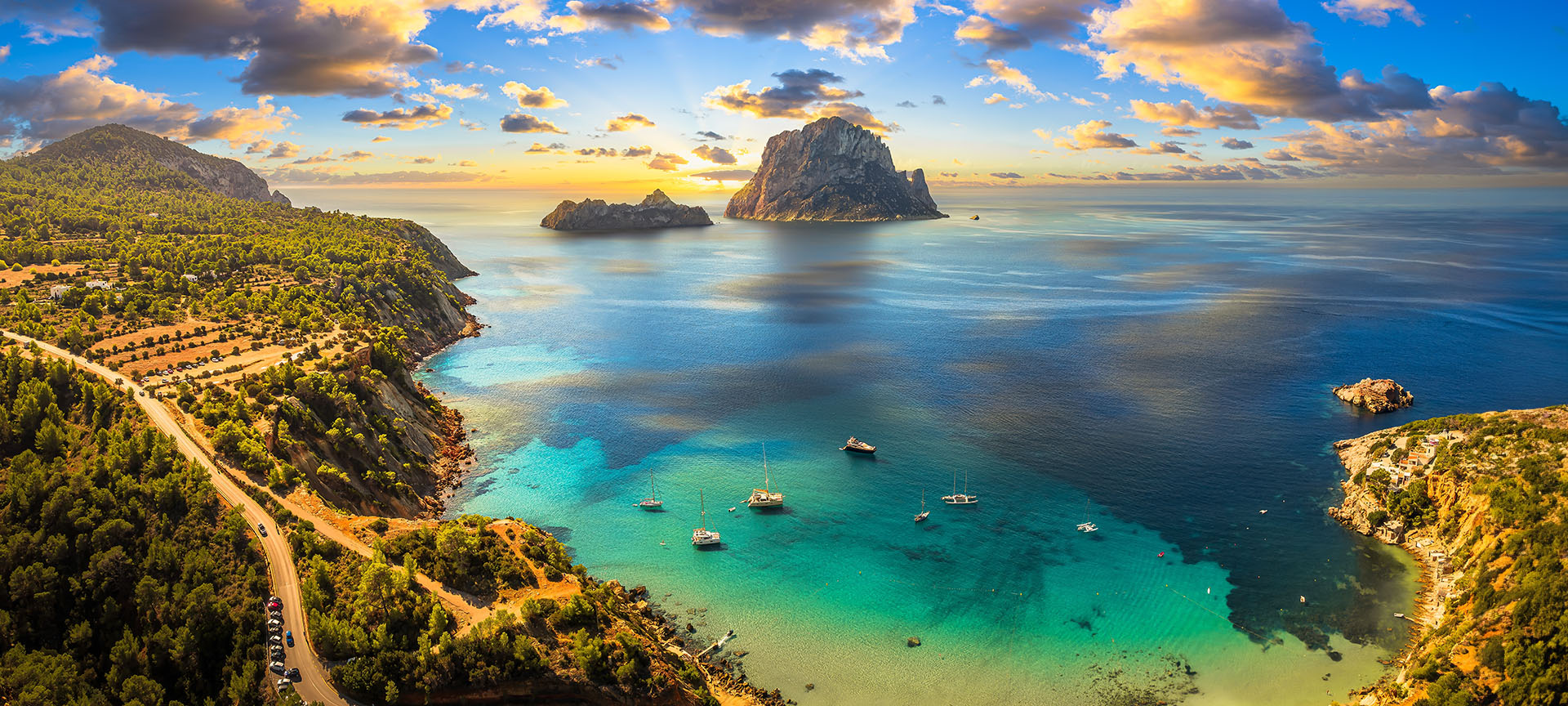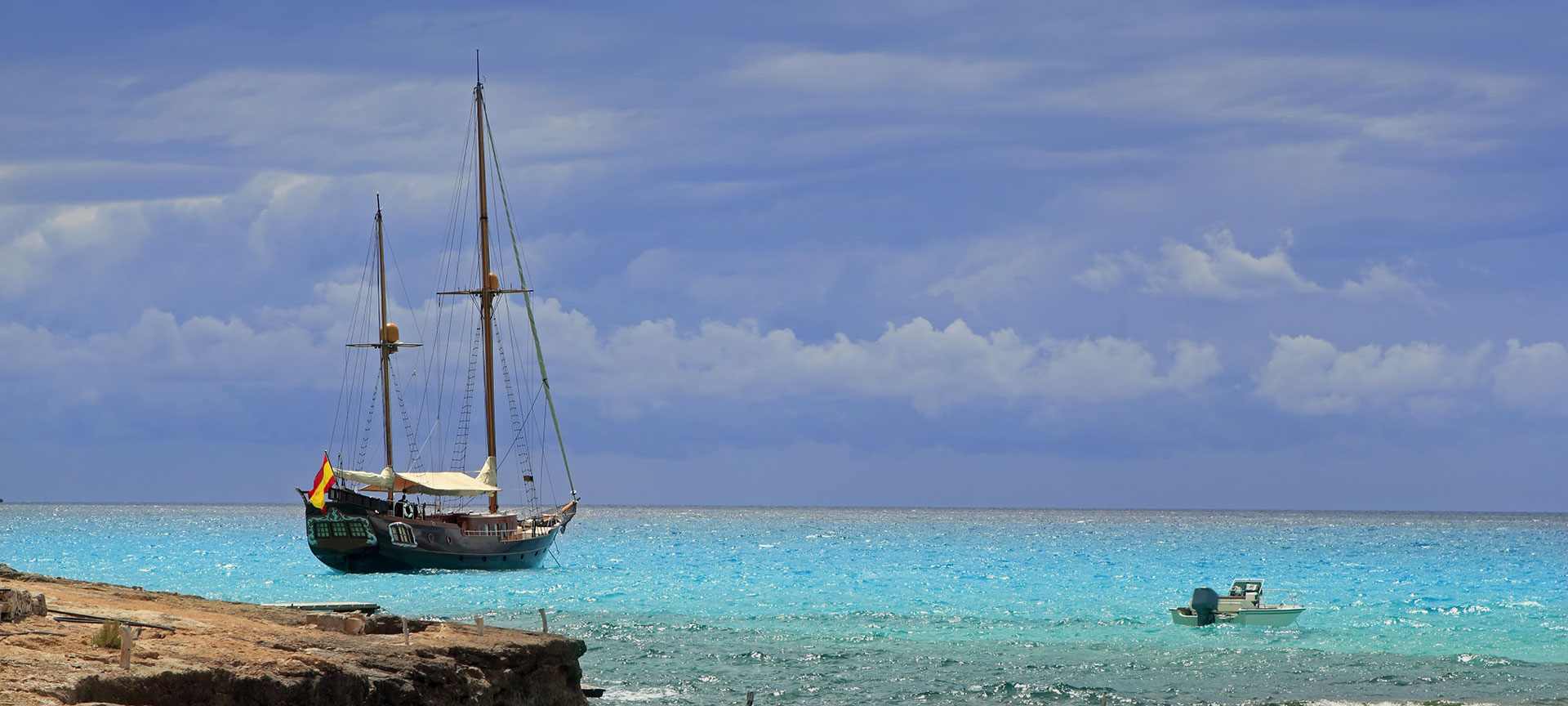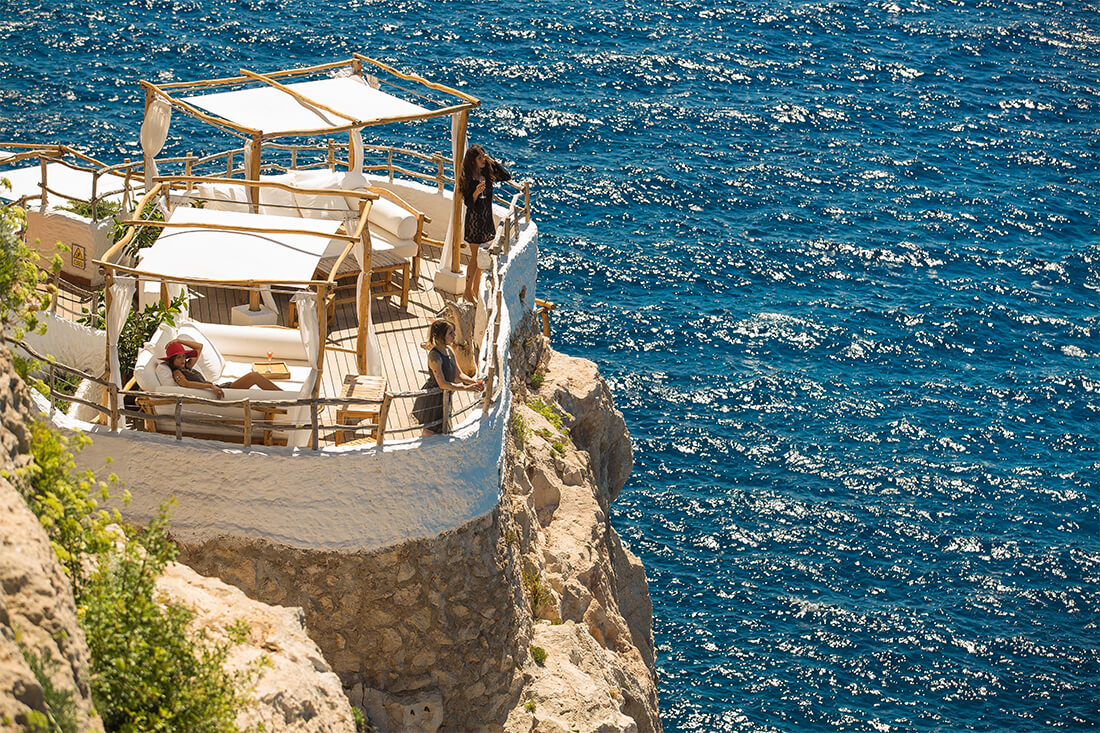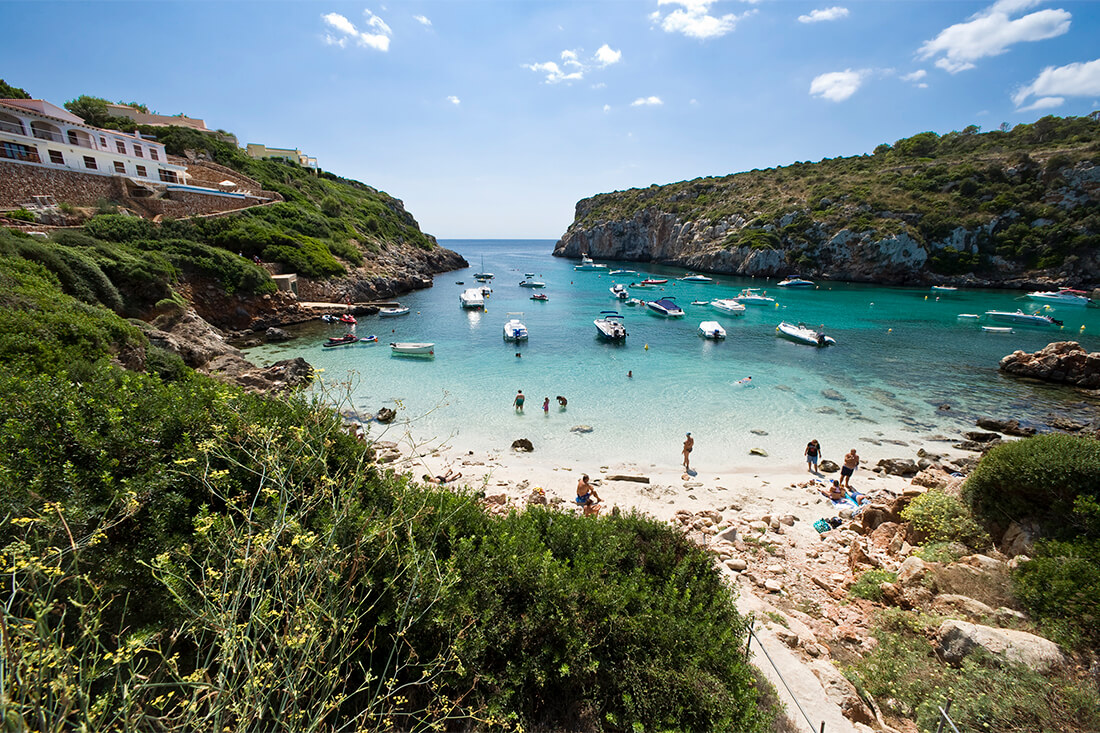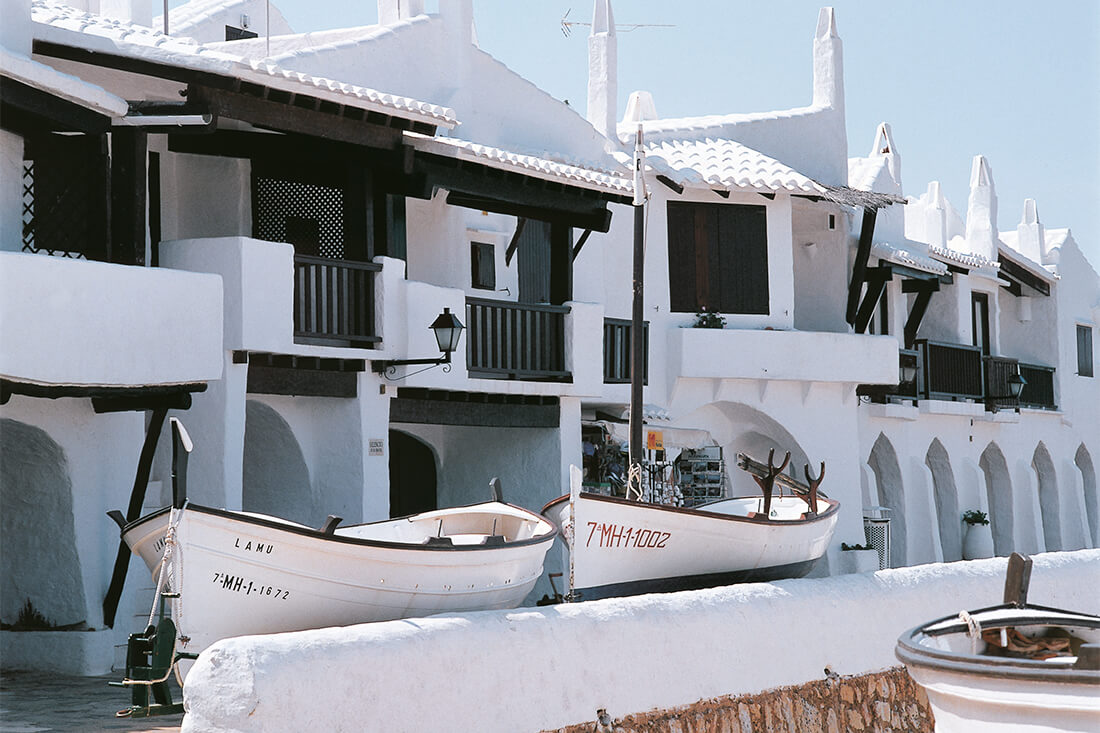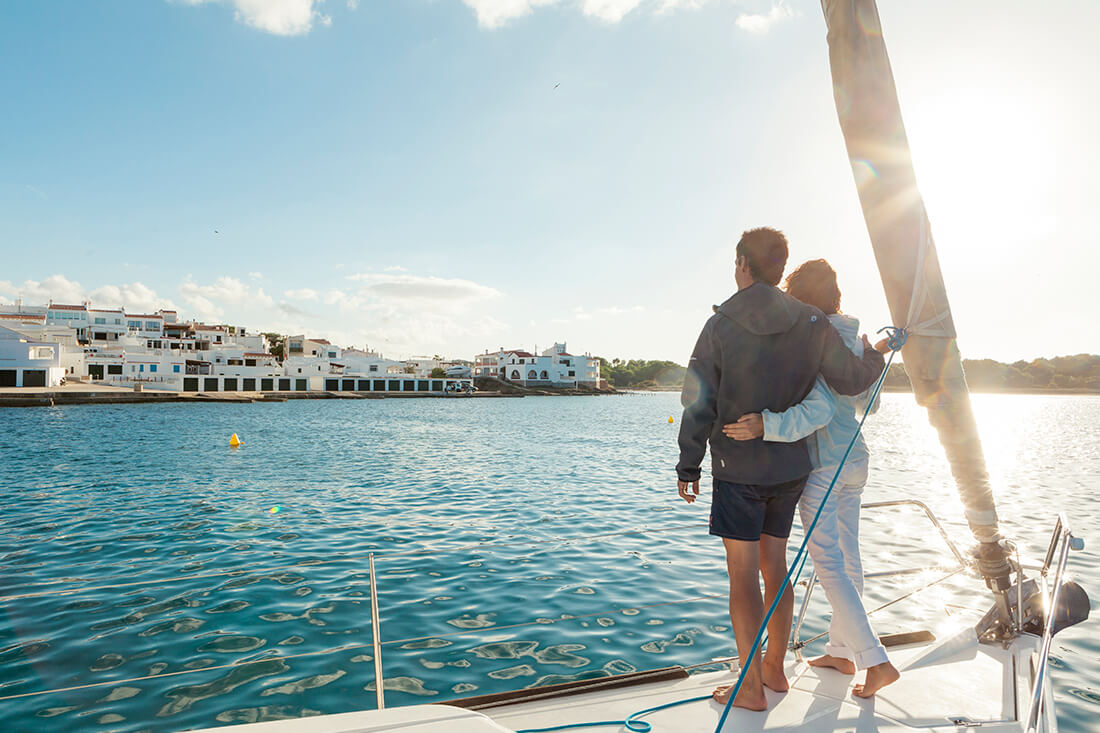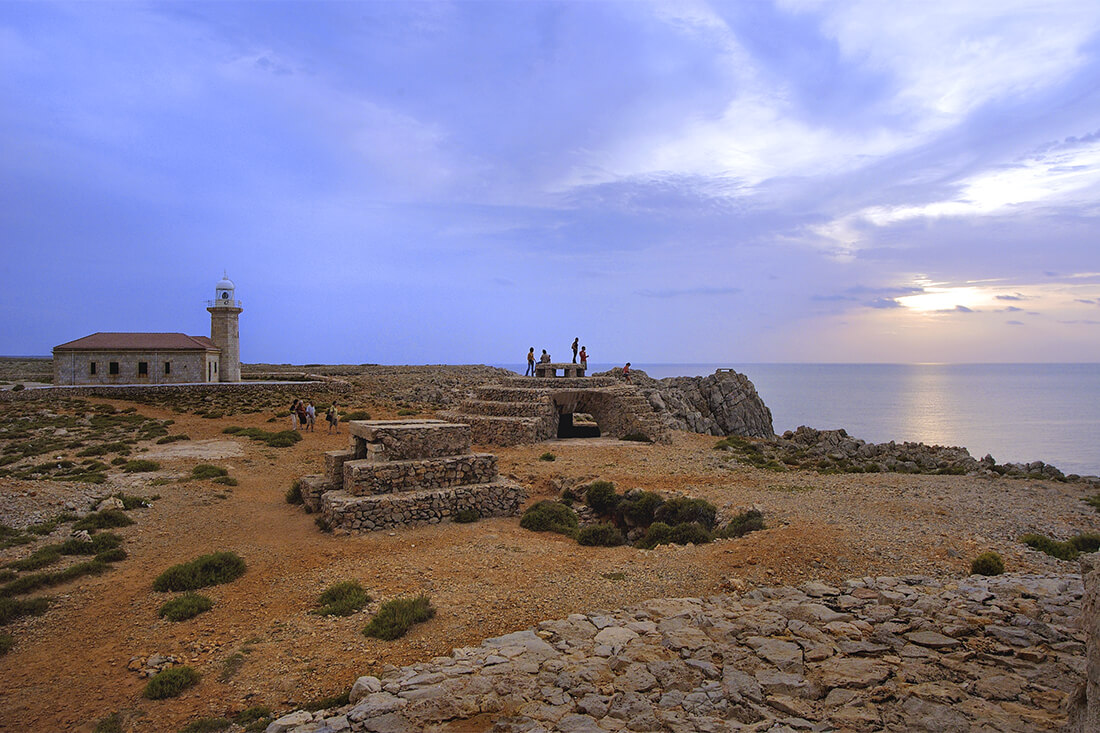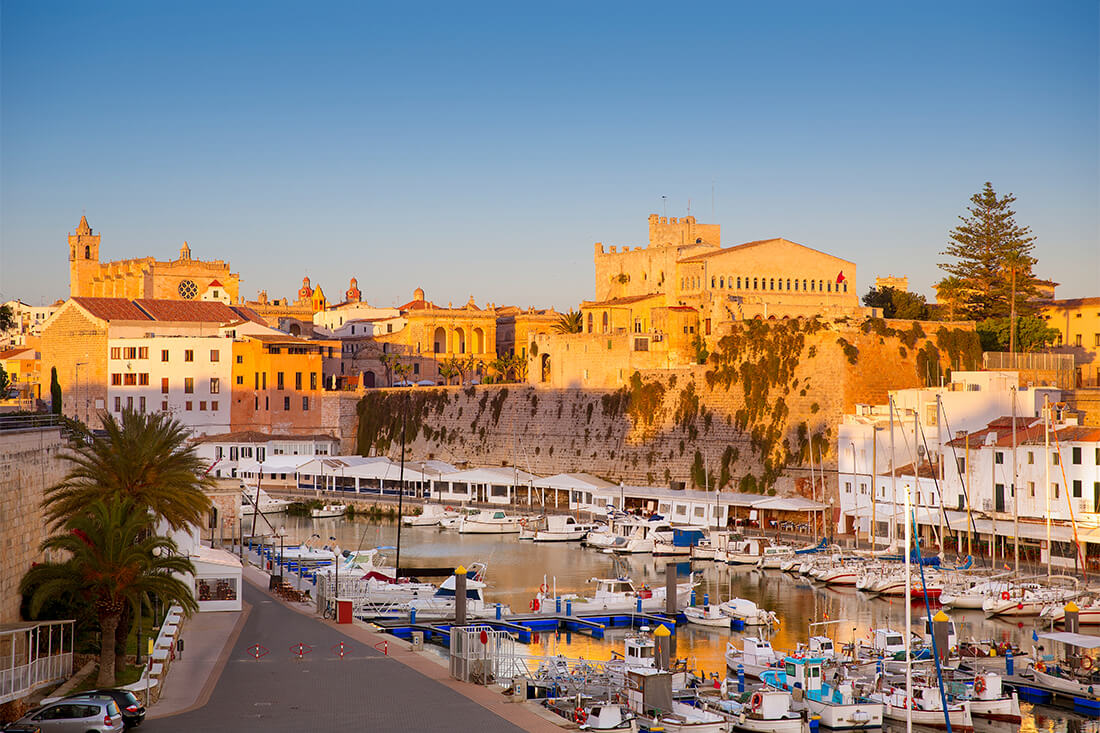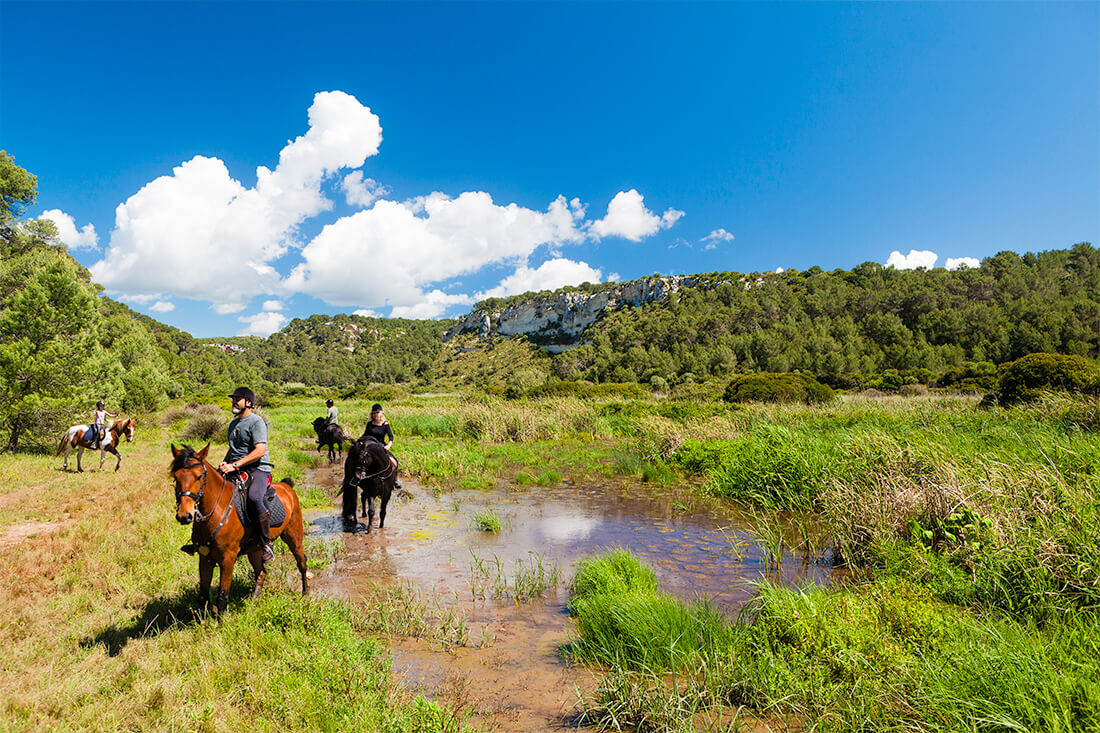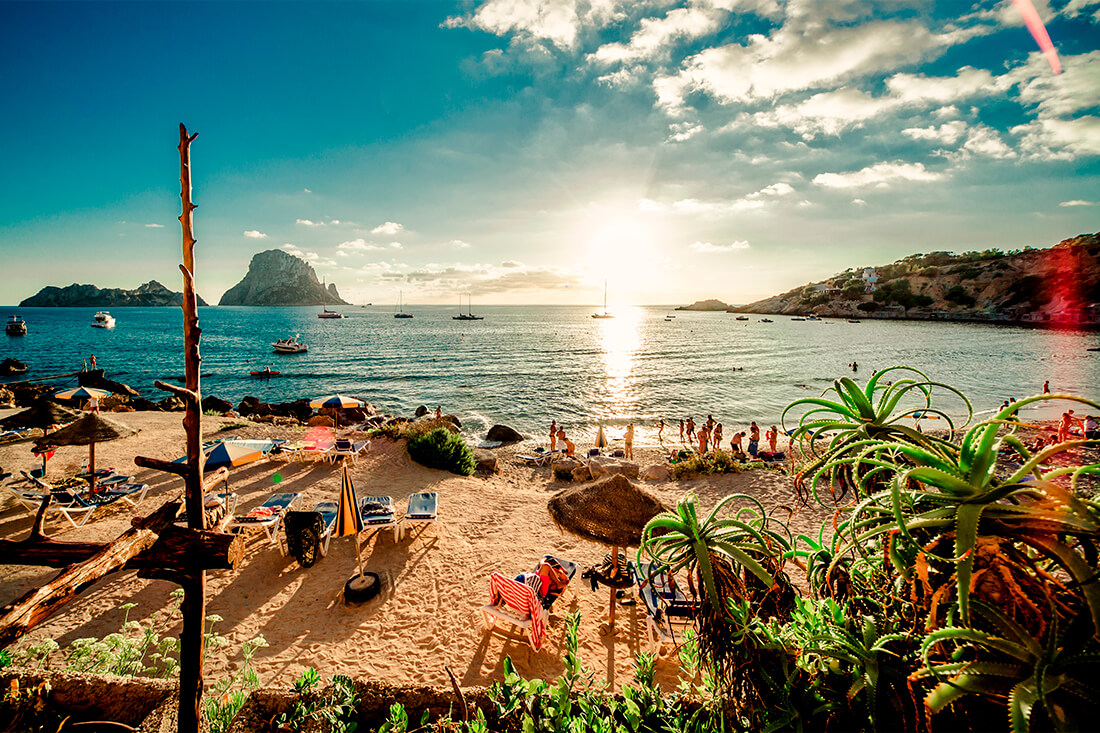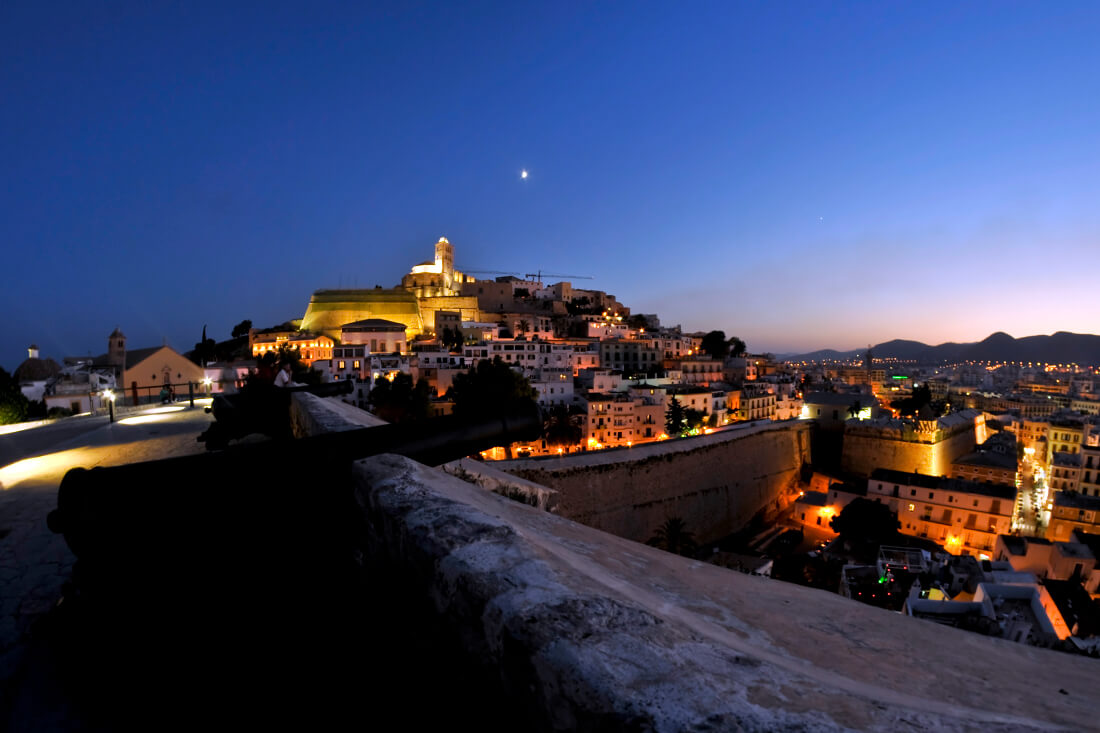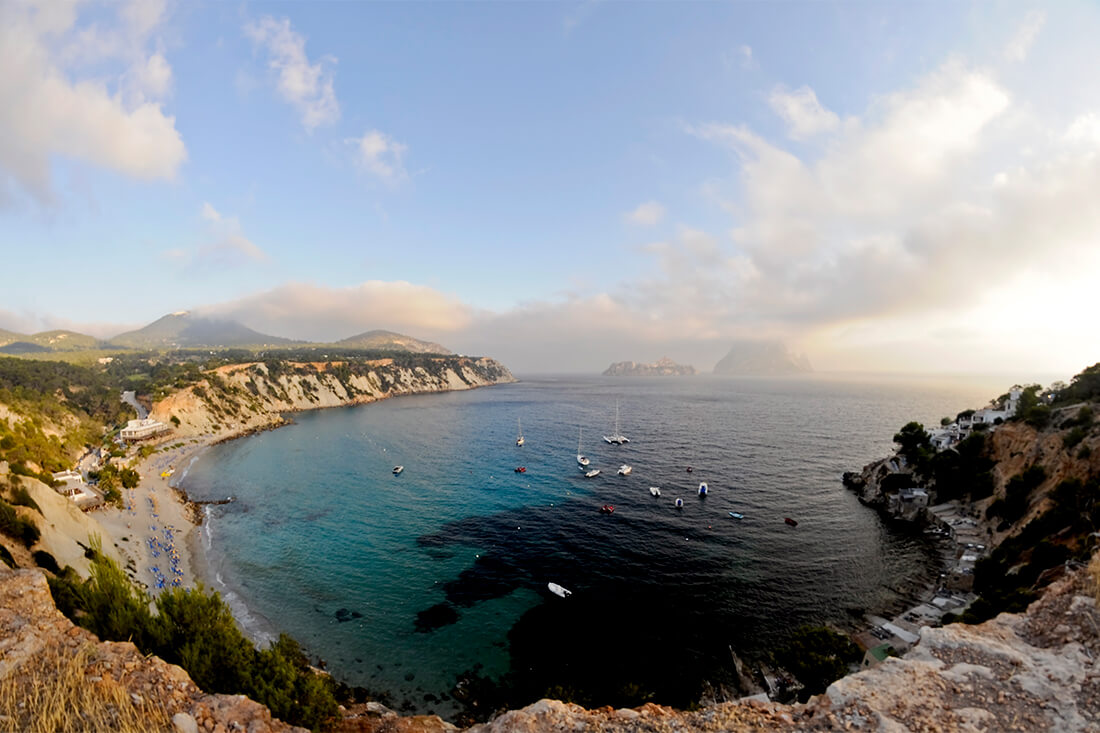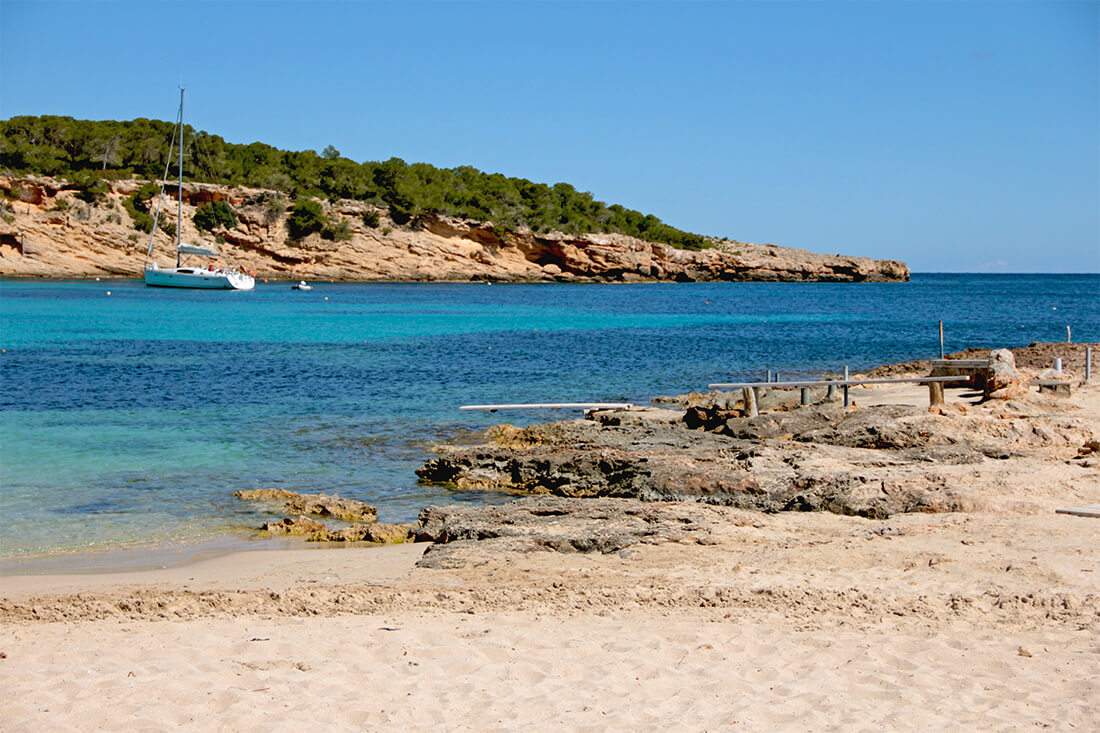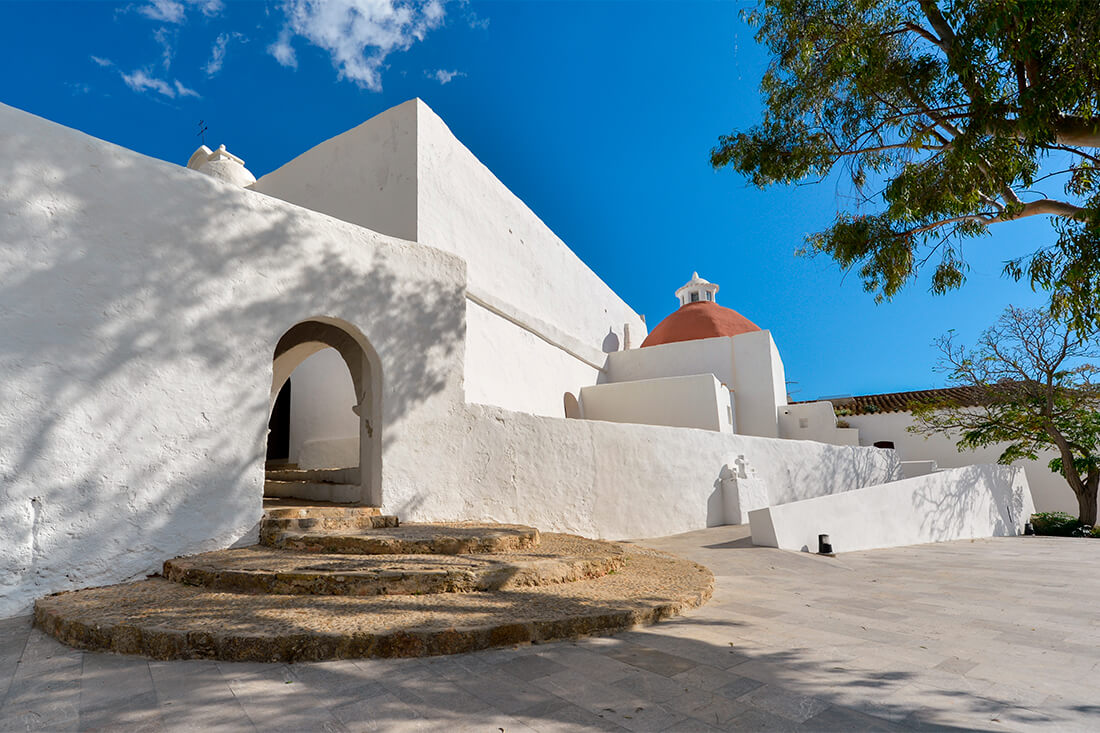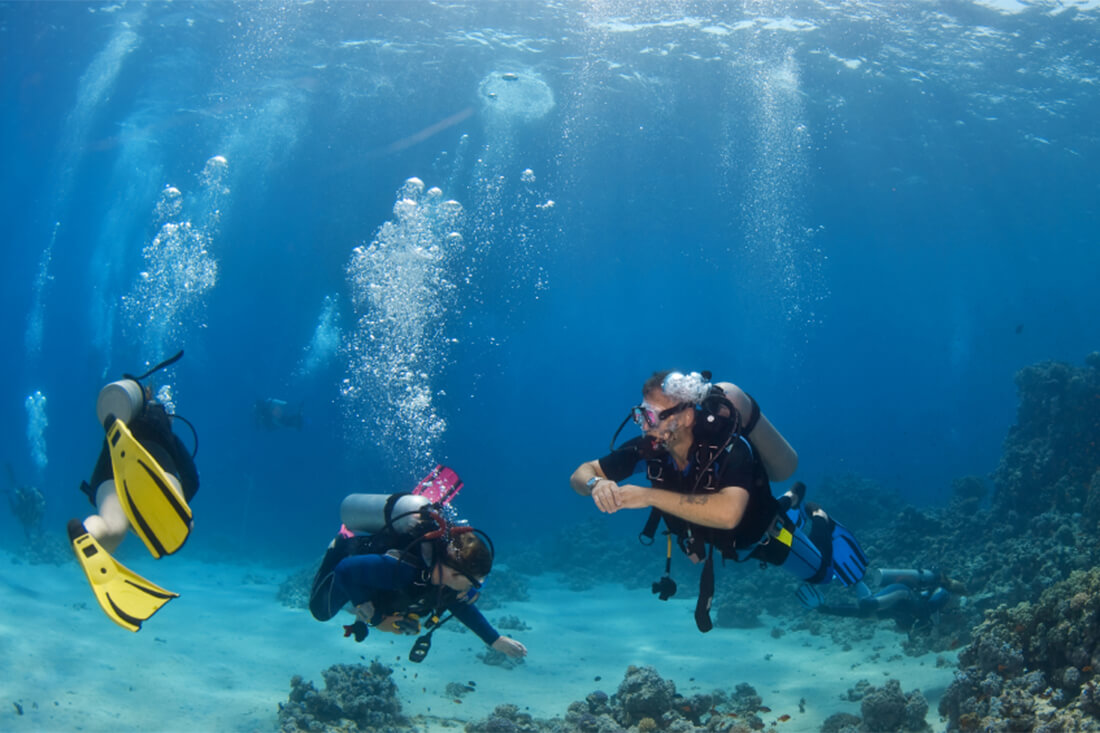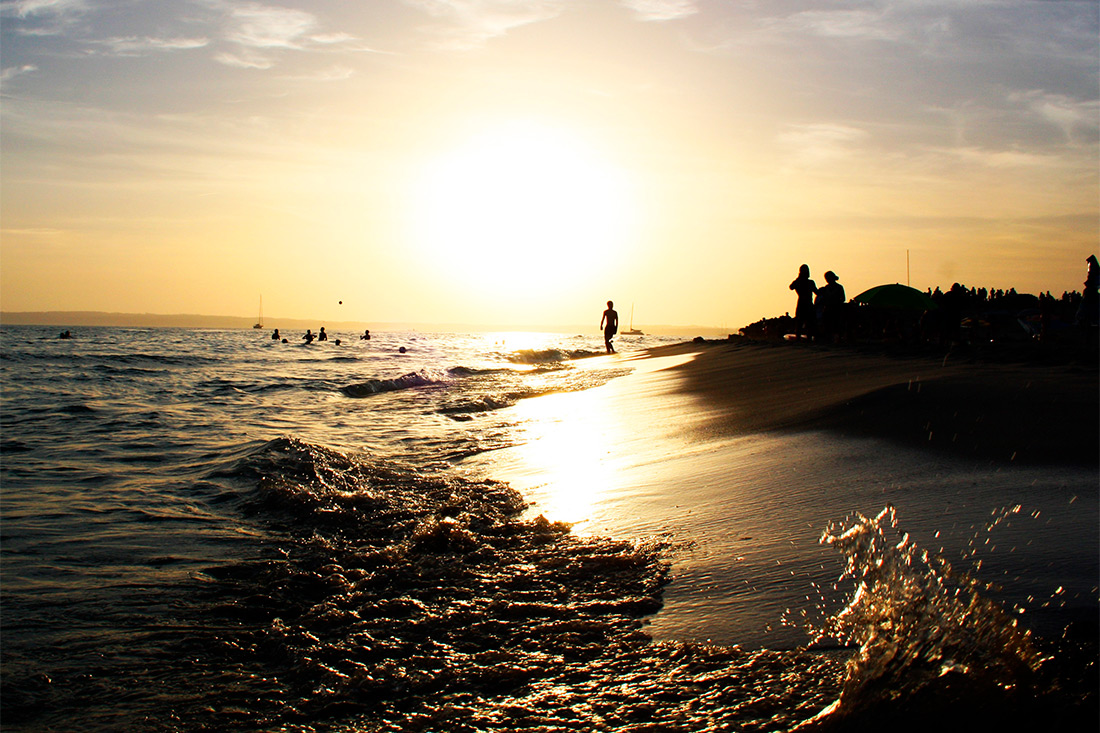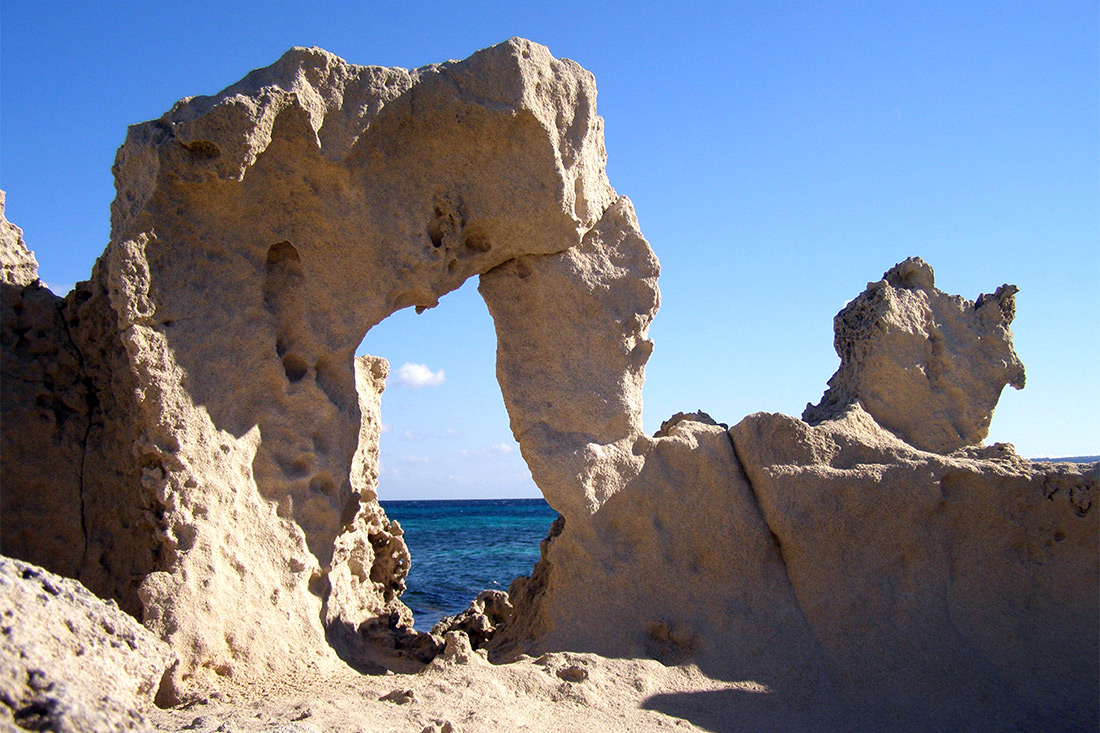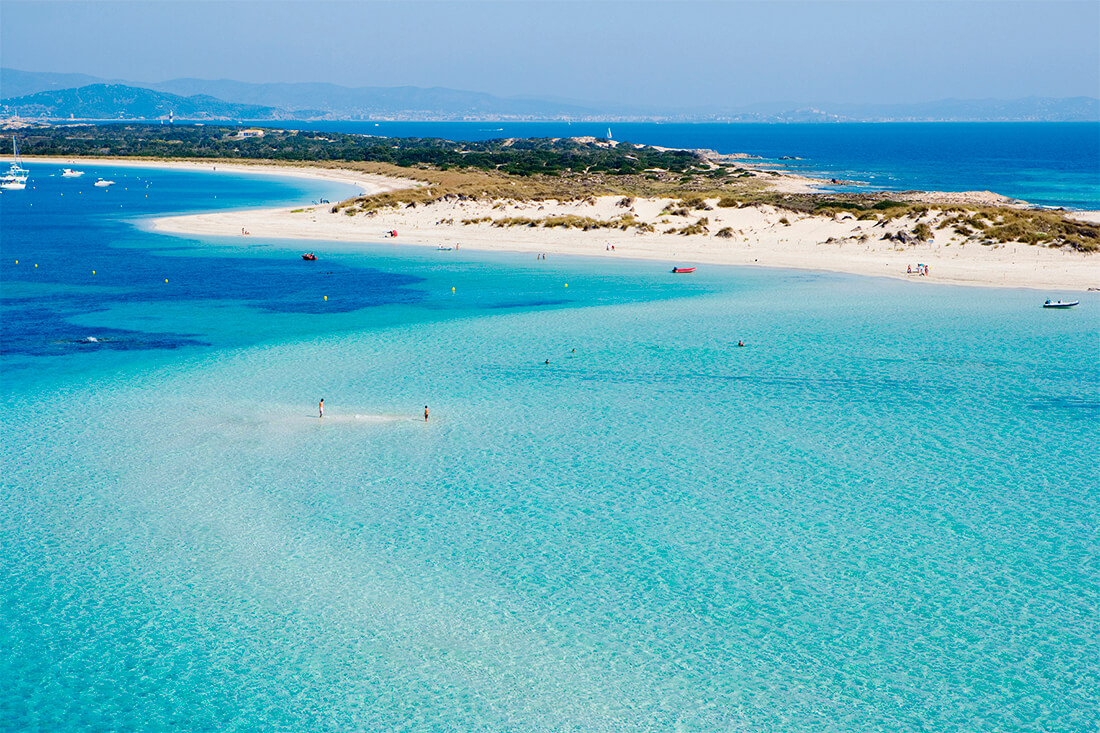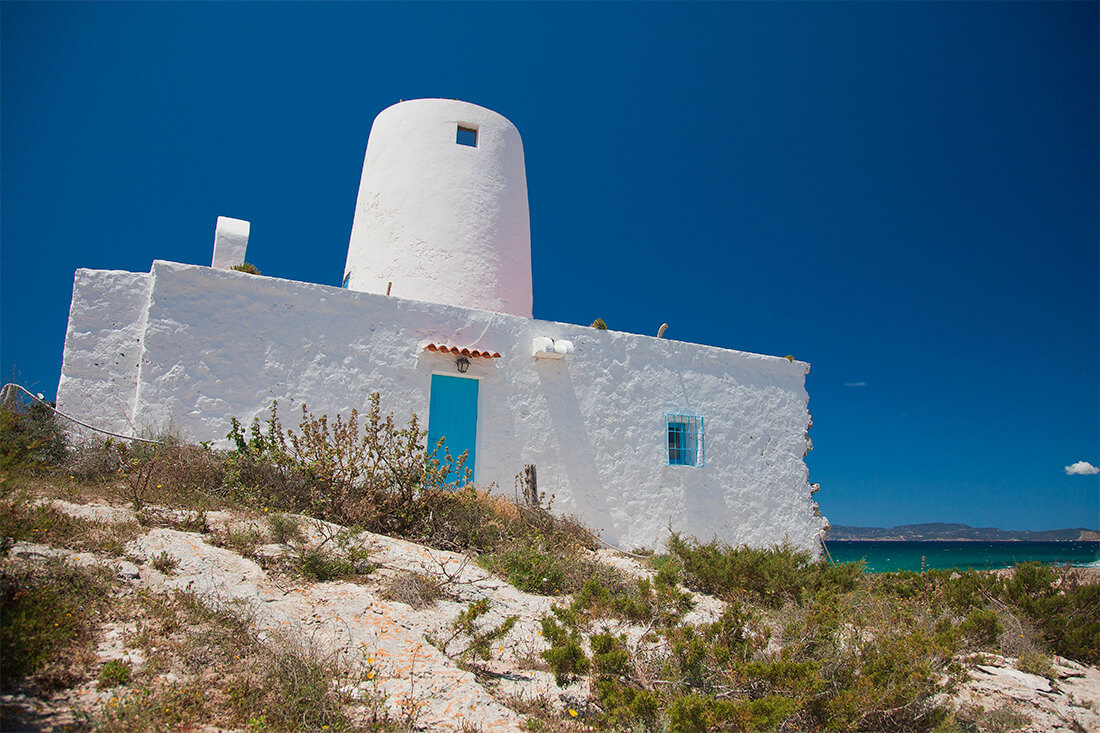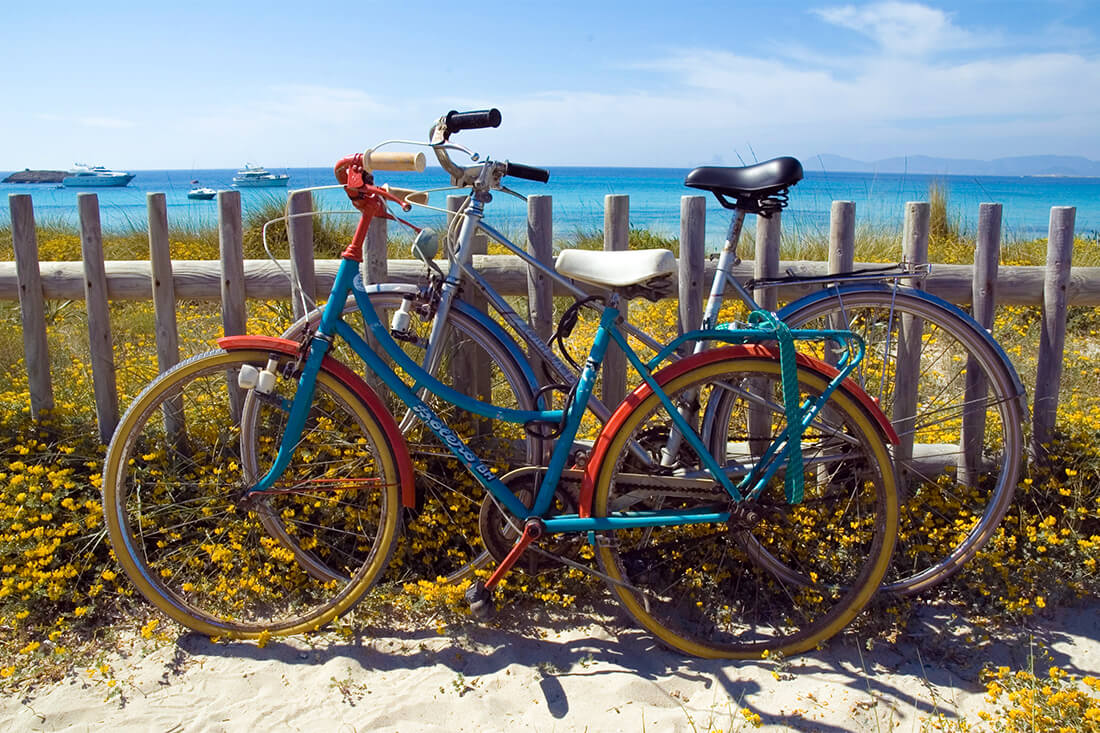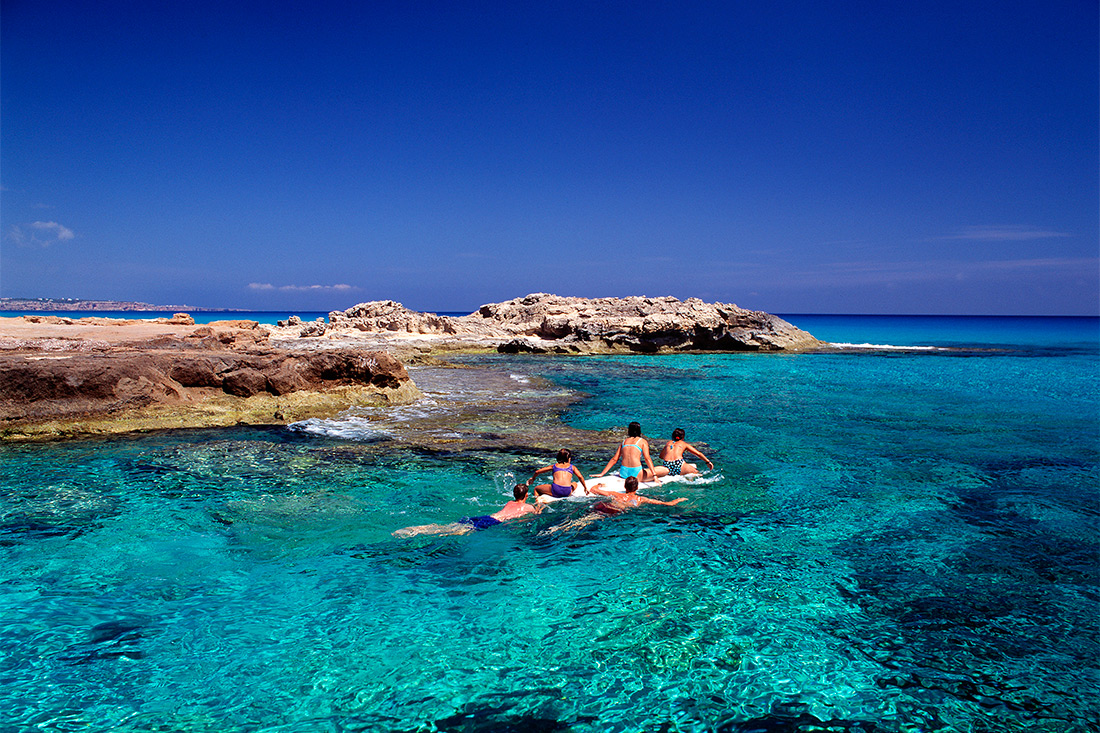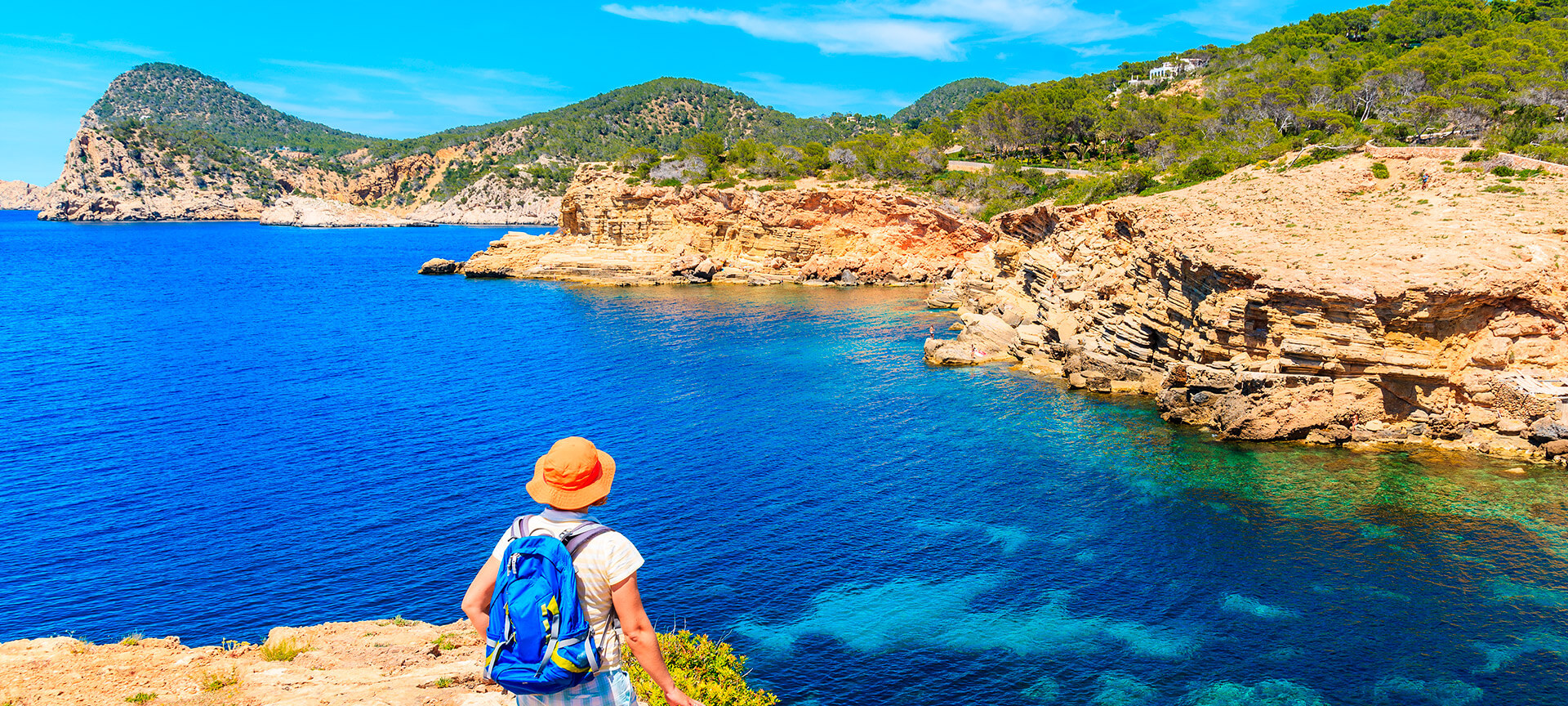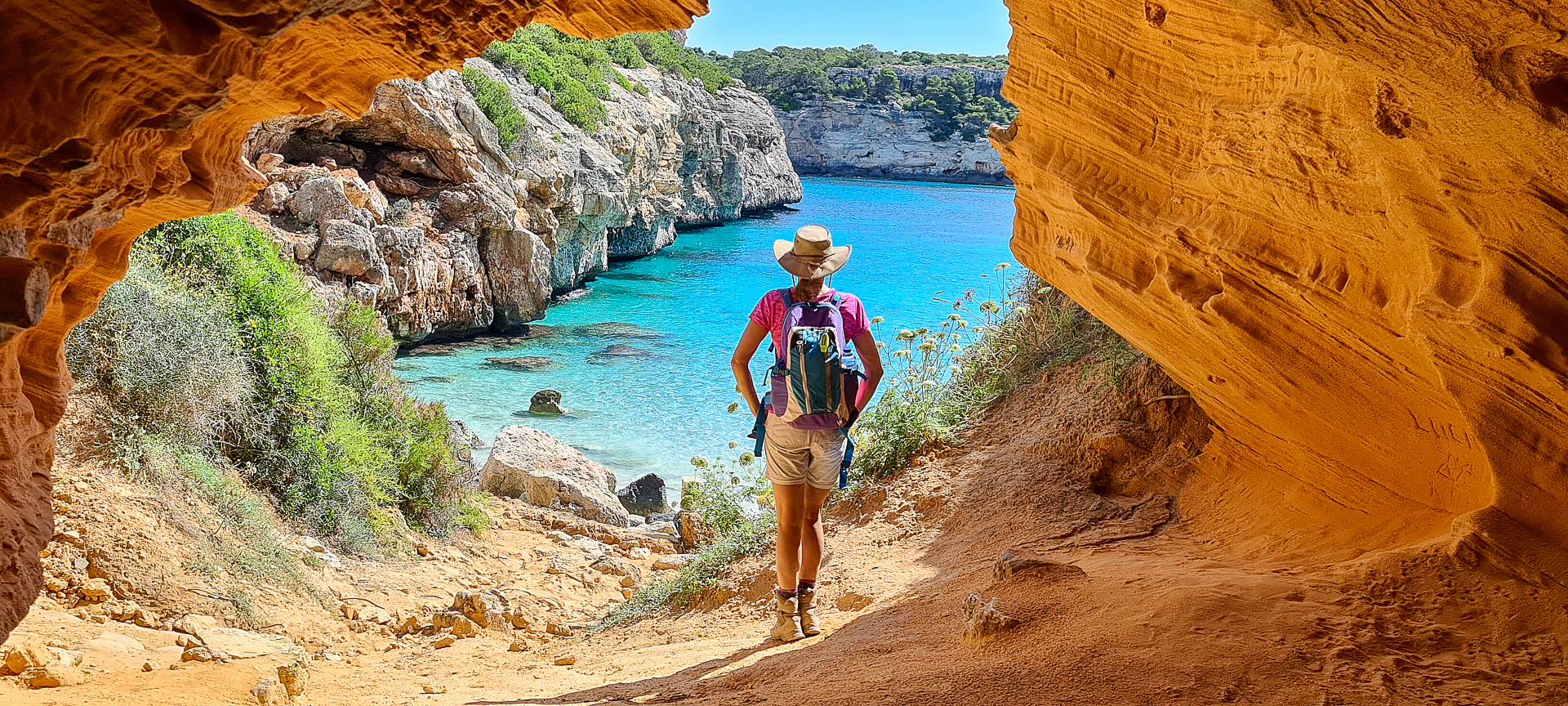Majorca
The island's size makes it difficult for many people to cover the whole of it in a week, so you may want to stick to one area or spend two weeks on the island.
Journey: By sea / Duration: 1 week
The Majorcan coast is home to lots of beaches and anchor sites. You will find ports and sailing clubs all along coast, as well as boat rental companies. When sailing around Majorca you may like to know that currents are scarce, and during the summer months it is advisable to sail in an anti-clockwise direction to make the most of the winds.
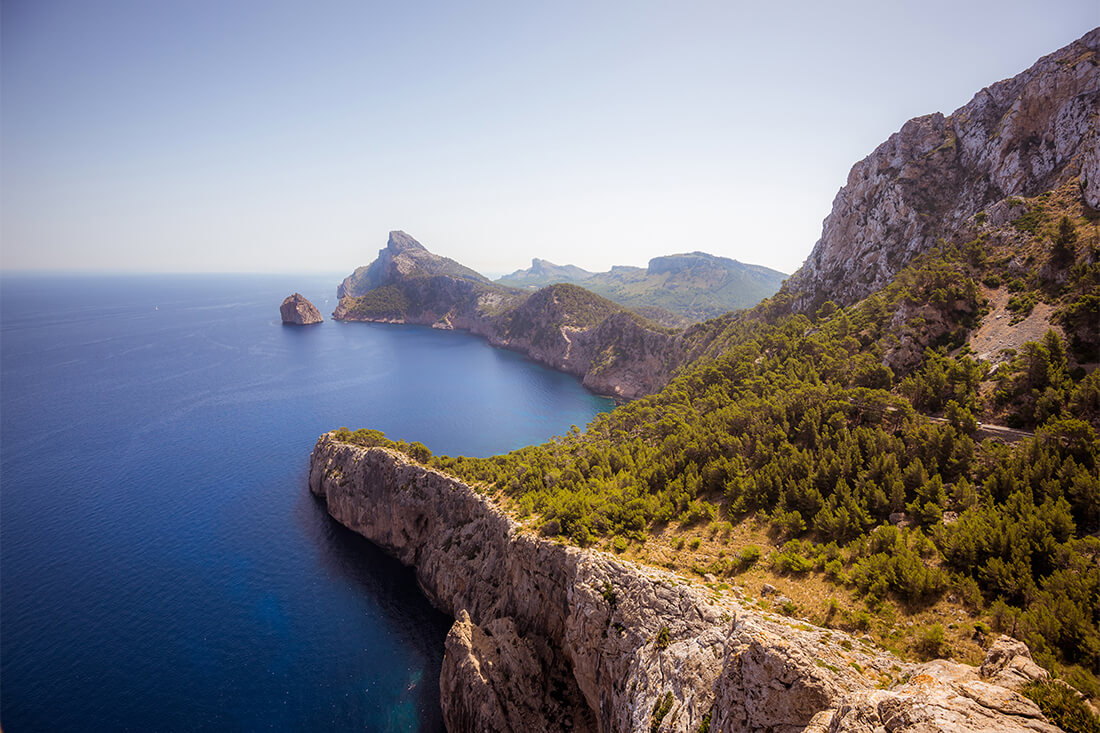
Day 1. Palma de Mallorca
It is the capital of Mallorca and an obligatory stop on the trip. In fact, it is such a complete destination that many choose this city to spend their entire vacation. If you dock in Palma and if you only have one day to visit, you should know that there are some key places to go.Firstly, take a pleasurable stroll towards the impressive Gothic Cathedral (renowned architect Gaudí was responsible for its renovation. Another highlight is the original work by the artist Miquel Barceló in the Santísimo Chapel). From here (and after enjoying the panoramic view of the bay and Parc de la Mar gardens), you'll love discovering La Almudaina Palace, the lBishop's Palace and the City Hall , rounding your walk off at the old merchant exchange. Bellver Castle is a little farther out. For the views alone, a visit to this monument that has protected the city since the 14th century is worth it.Culture lovers will be pleased to know they have the chance to visit the Es Baluard Contemporary Art Museum, the March Palace and museum, and the Pilar and Joan Miró Foundation. And those who prefer shopping should direct their steps towards Borne, Unió Street, Plaza Weyler and Jaume III.And if you have time and feel like going to the beach before getting back on board, take a dip in one of the city's beaches, such as the famous Playa de Palma, with a host of shops, restaurants and nightclubs.
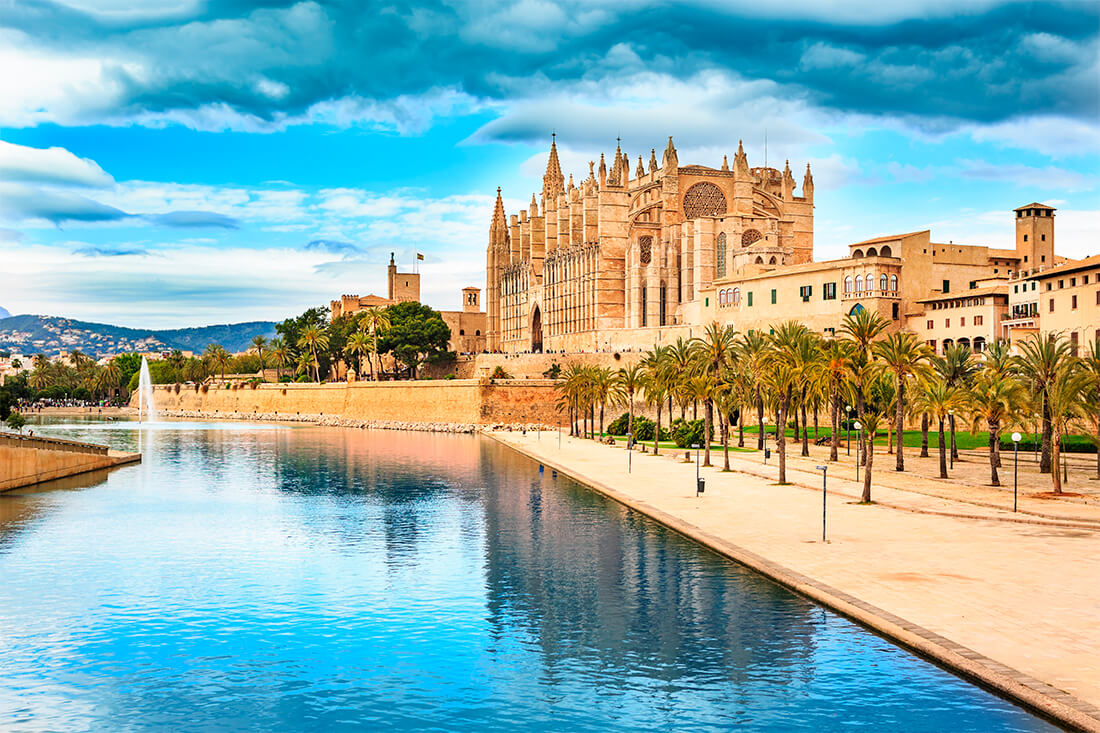
Day 2. East of the island
Departing the port of Palma de Mallorca, you can head to one of the most popular tourist spots on the island, the area of Porto Cristo (there are several mooring options such as the Port Cristo Yacht Club), which is home to the famous Caves of Drach with their large underground lake (the visit includes a classical music concert and a boat trip on the lake). Very close is the city of Manacor.If you continue towards the north, you can also visit the Caves of Artà and then head to Capdepera and be charmed by the Castle and Canyamel Tower. Just next door is Cala Ratjada, the easternmost point on the island. The lighthouse area offers impressive views and on clear days, you can even see Minorca. There are also several mooring options here such as Cala Ratjada marina or Cala Ratjada Yacht Club.Cala Mesquida, lies a little further to the north and is the perfect spot for a dip surrounded by a landscape of dunes and pine trees. Other coves worth visiting? Cala Torta, Cala Varques… The difficult thing is to choose.
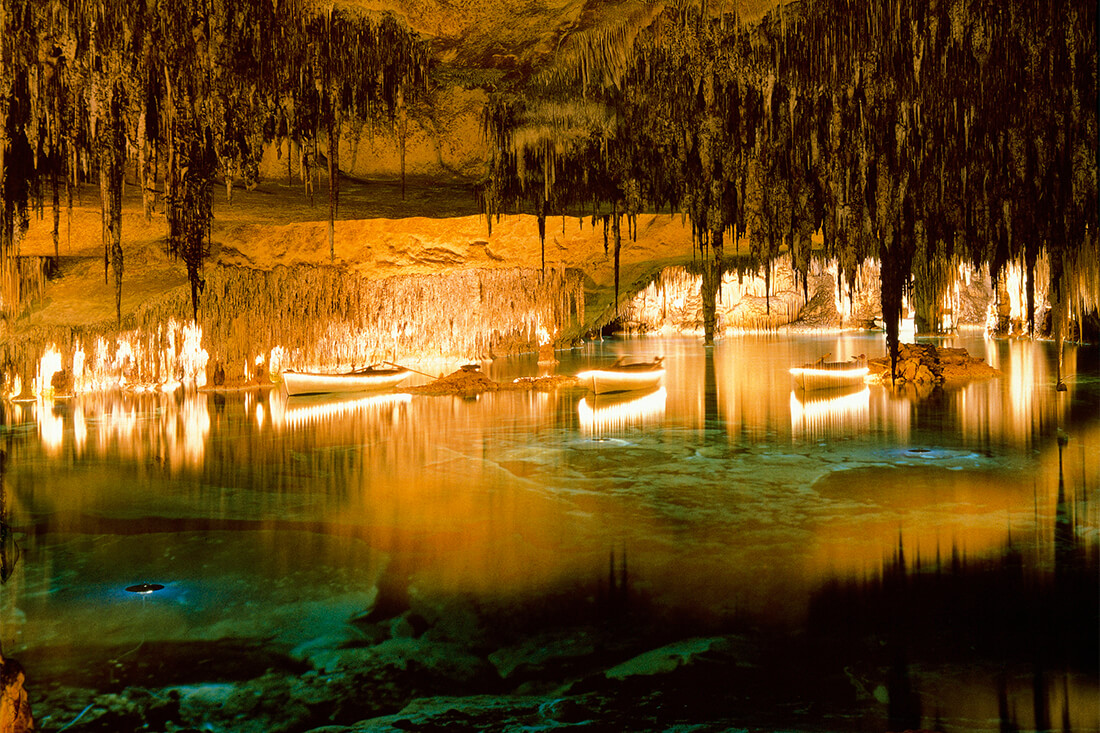
Day 3. South of the island
The most tranquil spots are located to south of the island, making it easy to sail along the coast. Here are some the best unspoilt sand beaches and sites offering marvellous anchoring. A good starting point is Mondragó Nature Reserve, where you can take your first dip near Cala Figuera.Then comes an essential stop: Es Trenc beach is one of the best beaches in Majorca – it has not been developed, offers crystal-clear waters and is one of visitors' favourite spots.
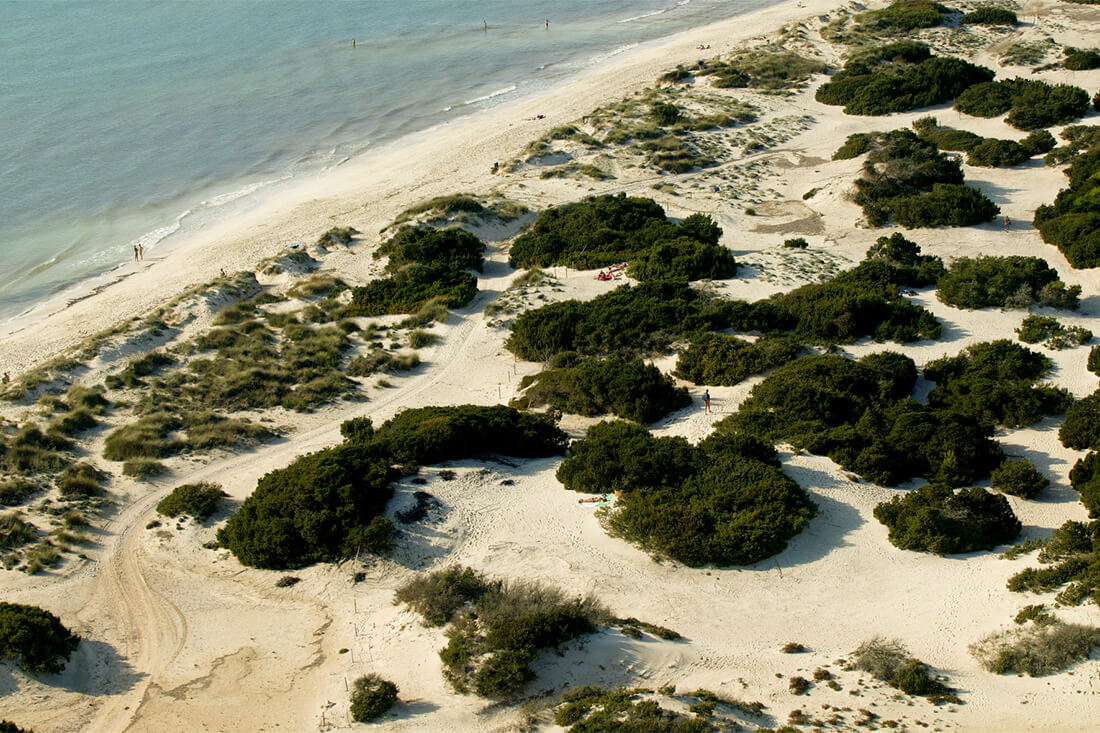
Day 4. West of the island
In addition to the city of Palma, which we mentioned above, the north west of the island is home to the fascinating Serra de Tramuntana mountain landscape that is perfect for hikers and cyclists. The 100-kilometre mountain range runs parallel to the coast from the town of Andratx to the Cape of Formentor and has been a place of refuge for writers and painters for many years. In fact, one of the great charms of Mallorca is being able to go from mountain landscapes to great beach landscapes in just a moment.Beyond the sailing experience, you can dedicate one or several days to get to know some of the most charming towns on the island and very close to each other: Valldemossa (with its pretty Carthusian monastery where Chopin and George Sand stayed), Deià (do not miss the views from the gardens of Son Marroig) and Sóller (did you know there is a period train with traditional wooden carriages that links Palma and Sóller on a track through mountains and valleys?). If you have time, you can head to the Lluc Shrine from Sóller.
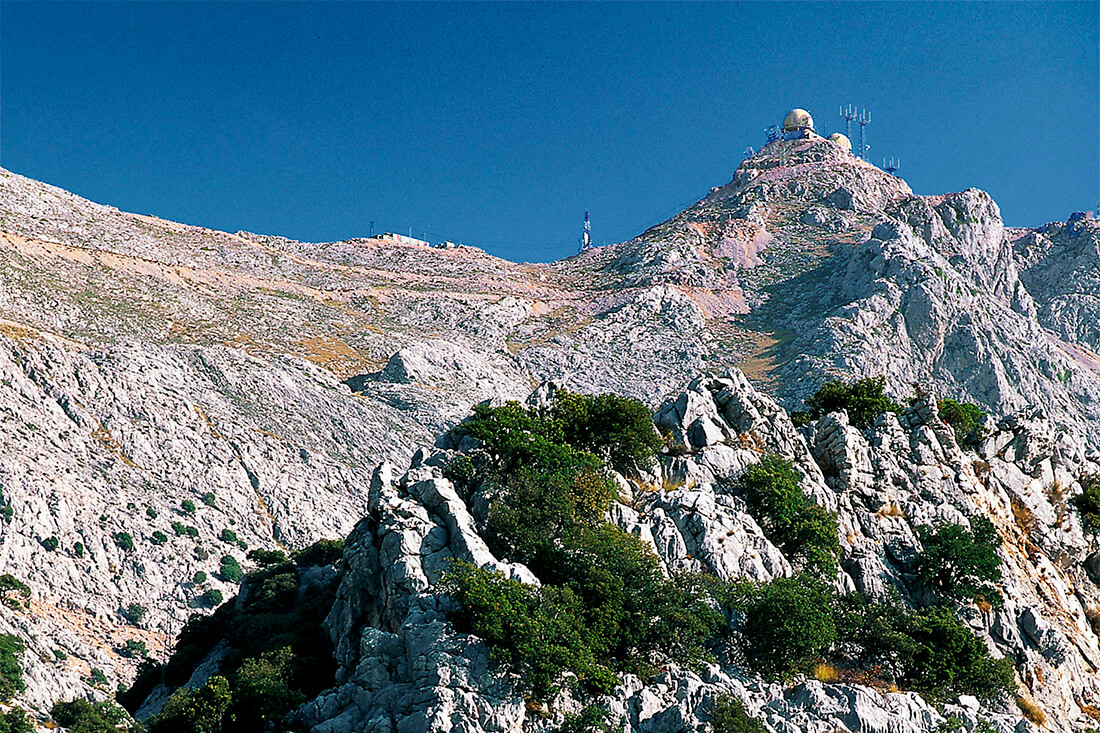
Days 5-6. The north coast
Today we recommend starting from Pollença, with its mediaeval old town and busy port. And would you like a dip in beaches like Cala Murta?Alcúdia is nearby and is also home to a full-service marina. It is a pleasure to stroll around the walled old town where the Xara and Sant Sebastiá gates still stand, as well as taking a dip in the unspoilt local coves. Many recommend the Coll Baix cove. One option for anchoring near the bay of Alcúdia would be Es Caló, near Colònia de Sant Pere.For sunset it is best to go to Formentor, where you will find one of the most beautiful viewpoints in all of Spain: Es Colomer.The following day you can leave the north east of the island and discover the coastal town of Can Picafort, the Shrine of Betlem and bid farewell to the Mediterranean at Cala Mitjana.
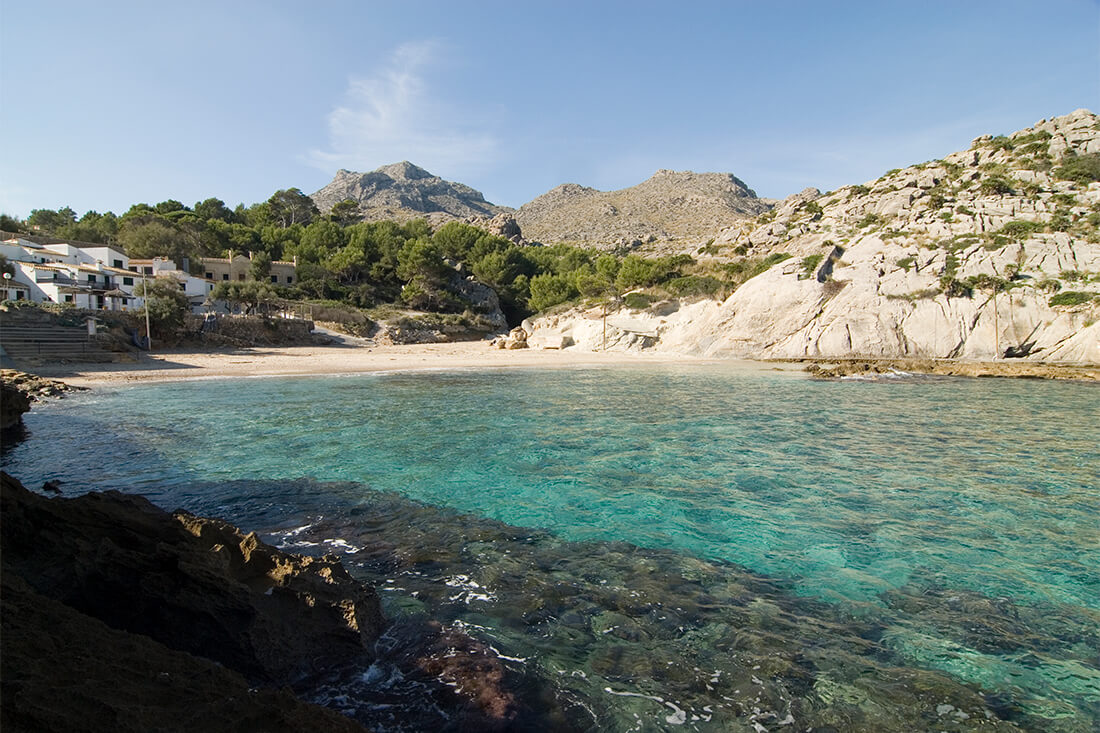
More plans in Majorca
Excursion to Cabrera. If you have more days in your stay, we recommend an unmissable excursion. From Colònia de Sant Jordi, at the southern tip of Mallorca, tourist boats (called golondrinas) sail to Cabrera Archipelago Maritime-Terrestrial National Park, a place of untamed nature where you can feel far away from the world. To navigate, anchor or dive along the coast, you must request electronic authorization through the following link.Cultural and sports agenda. Majorca hosts major cultural events such as the Deià International Music Festival or the Pollença International Classical Music Festival, and important sailing competitions such as the Princesa Sofía Trophy or the Mapfre Copa del Rey Regatta.Almond trees in bloom. Majorca also offers ideas for enjoying the island all year round. If you go at the end of January or beginning of February, don't miss the flowering of the almond trees.Gastronomy. Majorca is home to several Michelin-starred restaurants that are perfect to savour some of the best dishes on the island.
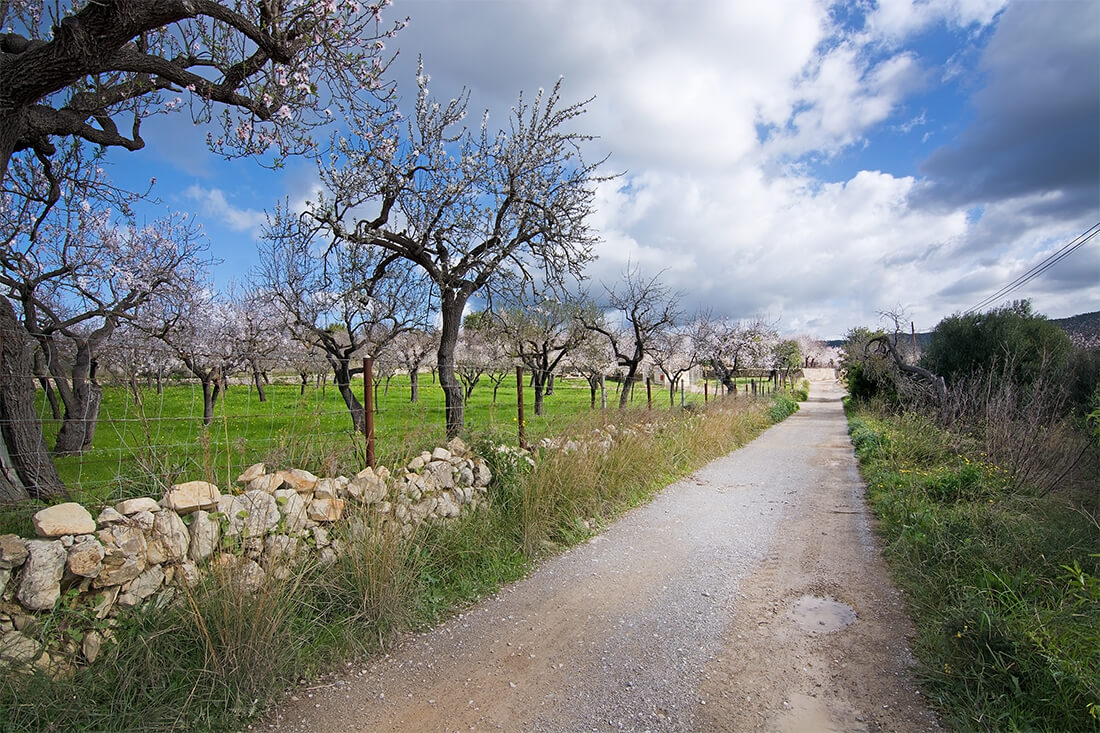
Majorca: How to get there and how to get around
Palma de Mallorca has one of the most important airports in Spain, only eight kilometres outside the city and getting you to the main European airports in only two hours' time.By sea, the main ports of Mallorca are Palma and Alcúdia. In addition, there are several companies in charge of maritime transport between islands.
